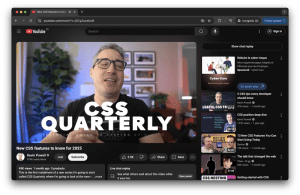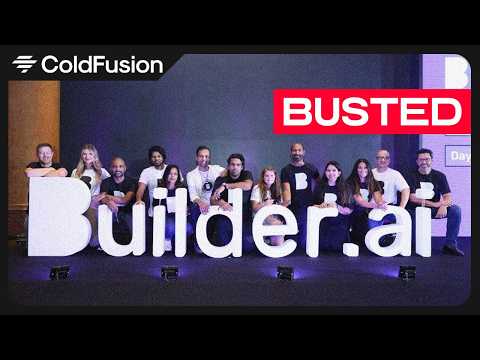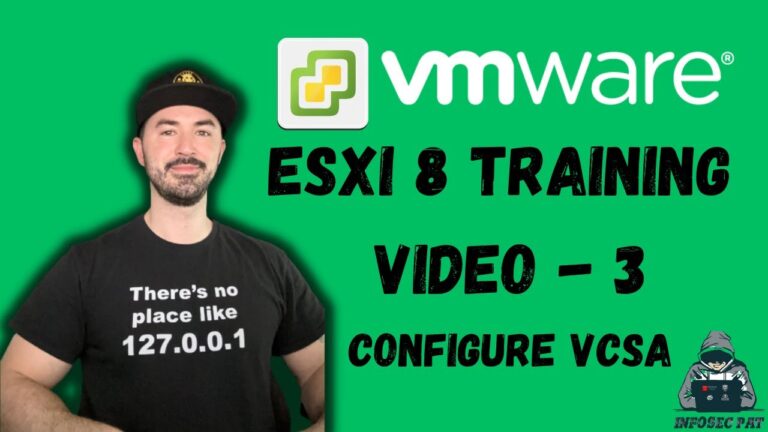There’s an idiom that suggests everything appears as a nail when all you have is a hammer. I also like the saying about worms in horseradish seeing the world as horseradish.
That’s how it felt for me while working on music for an album of covers I released yesterday.
I was raised by my mother, a former high school art teacher and a gifted artist, who exposed me to various tools and materials for painting and drawing. I believe that’s what led me to web development, even though it was years before the internet of AOL and 56K dial-up modems. Just as there’s art and craft in creating a 2D visual on paper with paint, there’s a level of art and craft in designing user interfaces written in code.
You might even say there’s a poetry to code, just as there’s code to writing poetry.
I’ve been painting with code for 20 years. HTML, CSS, JavaScript, and similar tools are my medium, and I’ve created many works since then. I know my mom made numerous artistic works in her 25+ years teaching and studying art. In a sense, we’re both artists using different brushes to produce works in different mediums.
Naturally, everything looks like code when I’m staring at a blank canvas, whether it’s paper, a screen, a Figma artboard, or something else. Code is my horseradish, and I’ve been immersed in this horseradish ocean for quite a while.
This is what challenges me about performing and producing an album of music. The work is done in a different medium. The brush is no longer code, though it can be, but sounds, whether they come from a physical instrument or digital waves from a programmed beat or sample.
There are parallels between painting with code and painting with sound, and it’s mostly a matter of approach. The concepts, tasks, and challenges are the same, but the brush and canvas are entirely different.
What’s in your stack?
Sound is no different than the web when it comes to choosing the right tools for the work. Just as you need a stack of technical tools to produce a website or app, you need technical tools to capture and produce sounds, and the decision affects how that work happens.
For example, my development environment might include an editor app for writing code, a virtual server to see my work locally, GitHub for version control and collaboration, a build process that compiles and deploys my code, and a host that serves the final product to everyone on the web.
Making music? I have recording software, microphones, lots of guitars, and an audio interface that connects them so that the physical sounds I make are captured and converted to digital sound waves. And, of course, I need a distributor to serve the music to others just as a host would serve code to be rendered as webpages.
Can your website’s technical stack be as simple as writing HTML in a plain text editor and manually uploading the file to a hosting service via FTP? Of course! Your album’s technical stack can just as easily be a boombox with a built-in mic and recording. Be as indie or punk as you want!
Either way, you’ve got to establish a working environment to do the work, and that environment requires decisions that affect the way you work, be it code, music, or painting. Personalize your process and make it joyful.
It’s the “Recording Experience” (EX) to what we think of as Developer Experience (DX).
What’re you painting on?
If you’re painting, it could be paper. But what kind of paper? Is college-rule sufficient, or do you need something more substantial with heavier card stock? You’re going to want something that supports the type of paint you’re using, whether it’s oil, water, acrylic, or lead. That wouldn’t be good.
On the web, you’re most often painting on a screen that measures its space in pixel units. Screens are different from paper because they’re not limited by physical constraints. Sure, the hardware may pose a constraint regarding how large a certain screen can be. But the scene itself is limitless, where we can scroll to any portion not in the current frame. But please, avoid AJAX-based infinite scrolling patterns in your work for everyone’s sake.
I’m also painting music on a screen that’s as infinite as the canvas of a webpage. My recording software shows me a timeline, and I paint sound on top of time, often layering multiple sounds at the same point in time—sound pictures, if you will.
That’s simply one way to look at it. In some apps, it’s possible to view the canvas as movements that hold buckets of sound samples.
Same thing with code. Authoring code is as likely to happen in a code editor you type into as it is with a point-and-click setup in a visual interface that doesn’t require touching any



